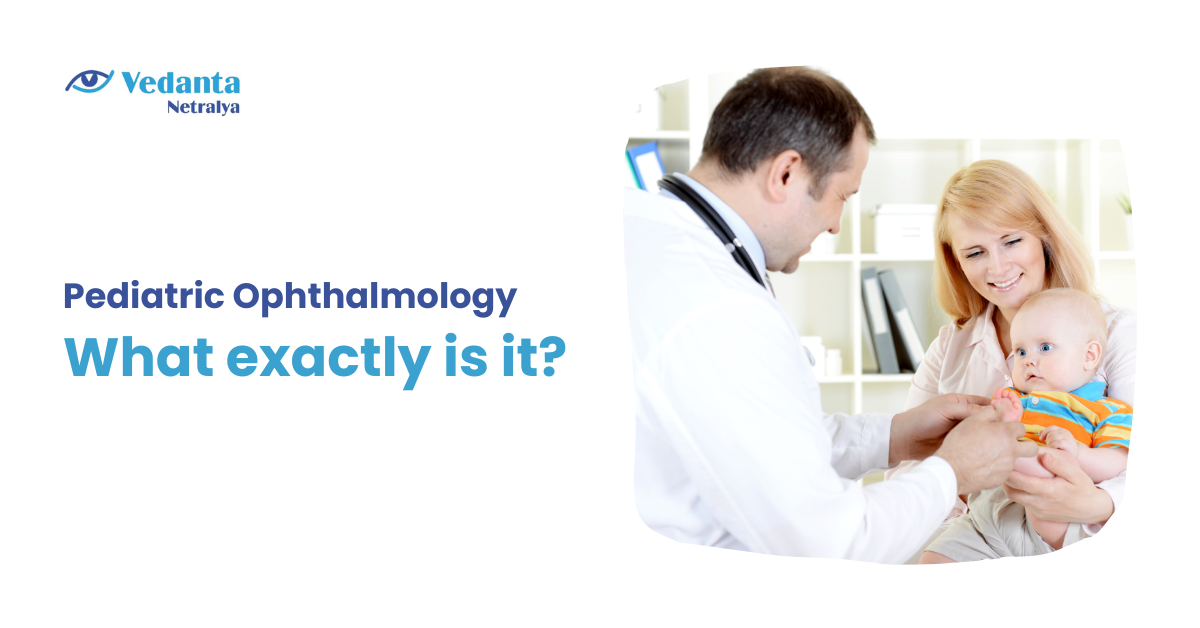
Diabetes is a chronic condition that develops when the pancreas cannot produce enough insulin to break down glucose or when the insulin produced and released into the bloodstream is not efficiently used. It is one of the most prevalent diseases today, and its frequency is vastly rising. It is a rising concern because it can lead to renal failure, strokes, heart attacks, blindness, lower limb amputation, and other conditions.
Diabetes Retinopathy is one such serious consequence caused by high blood sugar levels. This blog post will help you learn more about the condition known as diabetic retinopathy.
Diabetic retinopathy: What is it?
Diabetes retinopathy is an eye disease that is caused by diabetes. It is developed when the light-sensitive tissue, the retina, in the rear of the eye’s blood vessels gets harmed. It might even result in blindness.
What causes diabetic retinopathy?
This disorder is primarily caused by diabetes. The portion of your retina that detects light and transmits messages to your brain via a nerve in the back of your eye might become damaged over time if there is too much sugar in your blood. When sugar obstructs the small blood arteries leading to your retina, the eyes produce new blood vessels that do not function properly. These new blood vessels frequently bleed or leak.
Diabetic retinopathy comes in two types:
- Early diabetic retinopathy.
- Advanced diabetic retinopathy.
Read More: Diabetic Retinopathy Learn All About It
Symptoms
Diabetic retinopathy may begin with no symptoms or mild vision issues; thus, it may go undetected initially.
- Loss of vision
- Distorted color vision
- Vision voids or dark spots
- Unstable vision
- Increased light sensitivity
- Floating spots or dark strings in your vision (floaters)
- Blurred vision
- Impaired vision at night
Treatment
Your eye doctor will likely only monitor how your eyes are going in the early stages of diabetic retinopathy. However, it’s crucial to begin tr0eatment soon in later phases.
Eye surgery
Your eye doctor may advise a procedure known as a vitrectomy if your retina is frequently bleeding or you have several scars in your eye.
Read More: Lets Understand our eyes by Vedanta Netralya Ghaziabad
Injections
Anti-VEGF drugs are prescription medications that help prevent or treat diabetic retinopathy. Corticosteroids, another class of medication, can also be helpful.
Laser treatment.
Eye doctors can use lasers to cause the blood vessels in your retina to constrict and stop leaking to lessen edema.

